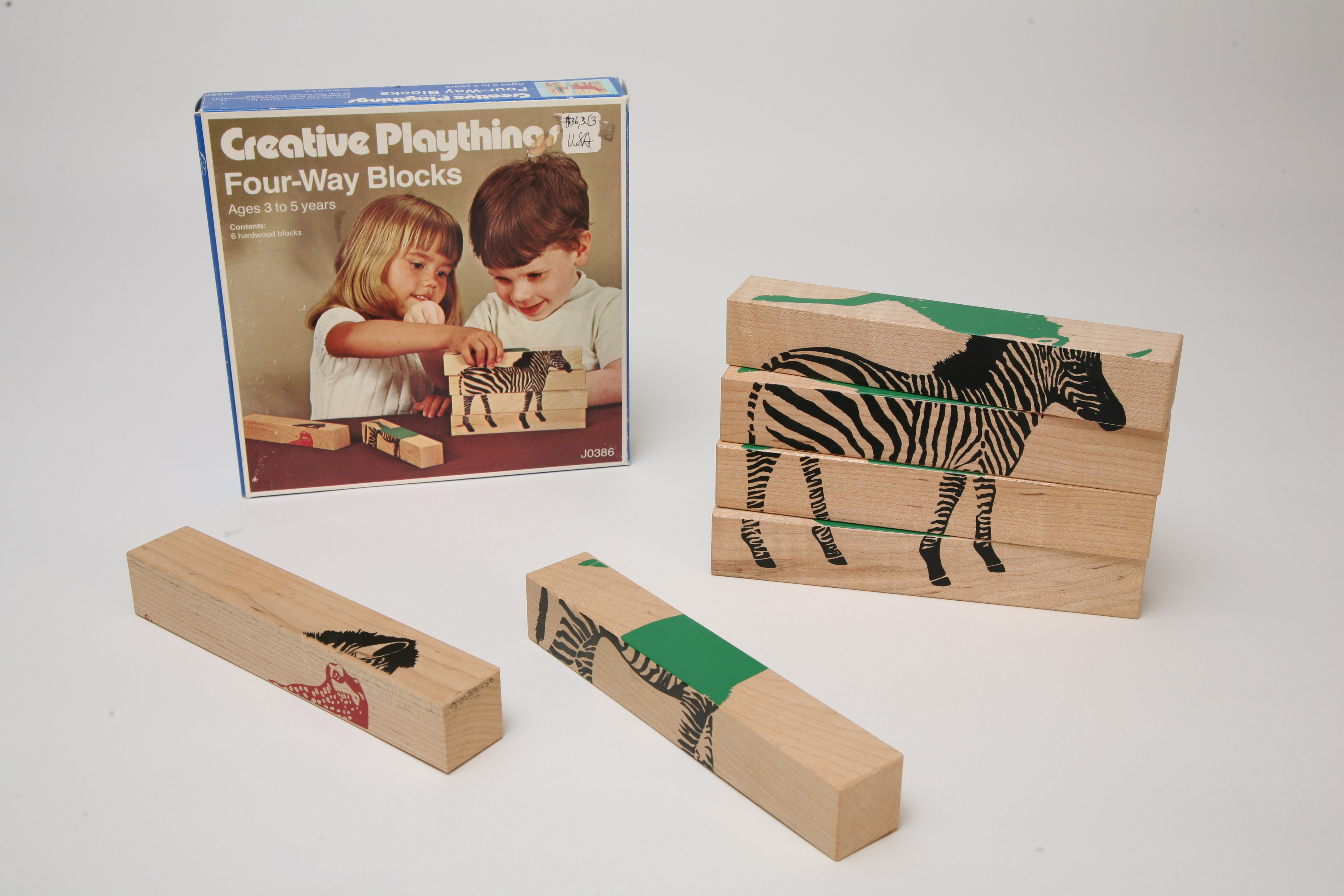|
John Rosenbaum
John Rosenbaum (September 3, 1934 in Brigantine, New Jersey – September 30, 2003 in Alameda, California), was an American physicist, educator and kinetic sculptor, associated with the San Francisco Renaissance and the counterculture of the 1960s. Biography John Rosenbaum graduated from Cornell University with a degree in engineering physics in 1957. He moved to the San Francisco Bay Area in the early 1960s. He contributed to the Harvard Project Physics textbooks. He was associated with the free school movement in the 1960s, and was a colleague of the educator Herbert Kohl, who described Rosenbaum's educational work in his books ''The Open Classroom'' and ''Math, Writing & Games in the Open Classroom''. He designed the Xylopipes xylophone children's toy for Creative Playthings. Rosenbaum created "Light Boxes", kinetic sculptures using polarized light and layers of cellophane laminated between pairs of rotating glass disks, producing changing patterns and colors similar to, an ... [...More Info...] [...Related Items...] OR: [Wikipedia] [Google] [Baidu] |
Brigantine, New Jersey
Brigantine (or simply The Island) is a city in Atlantic County, New Jersey, United States. As of the 2010 United States census, the city's population was 9,450,DP-1: Profile of General Population and Housing Characteristics: 2010 - 2010 Demographic Profile Data for Brigantine city, Atlantic County, New Jersey . Accessed April 18, 2012. [...More Info...] [...Related Items...] OR: [Wikipedia] [Google] [Baidu] |
Creative Playthings
Creative Playthings was an educational toy store and catalogue that was established by Frank and Theresa Caplan in 1945. The goal of Creative Playthings was to provide simple and beautifully designed toys to promote a child’s creativity and imagination. The original Creative Playthings store was located at 102 West 95th Street in New York City (which they eventually moved to Madison Avenue and 72nd Street). Initially, Frank Caplan made hardwood building blocks himself to sell in their store, often cutting and sanding the sets while parents waited in the shop. He then added animals, people, vehicles and other toys. Caplan believed that providing unpainted abstract forms that emphasized shape, color and texture, as opposed to lifelike details, would stimulate a child’s imagination. In collaboration with Martha New, Caplan also designed sets of large plain maple cubes that young children could rearrange into various forms and furniture. Known as "Hollow Blocks," these and other ... [...More Info...] [...Related Items...] OR: [Wikipedia] [Google] [Baidu] |
Parkinson's Disease
Parkinson's disease (PD), or simply Parkinson's, is a long-term degenerative disorder of the central nervous system that mainly affects the motor system. The symptoms usually emerge slowly, and as the disease worsens, non-motor symptoms become more common. The most obvious early symptoms are tremor, rigidity, slowness of movement, and difficulty with walking. Cognitive and behavioral problems may also occur with depression, anxiety, and apathy occurring in many people with PD. Parkinson's disease dementia becomes common in the advanced stages of the disease. Those with Parkinson's can also have problems with their sleep and sensory systems. The motor symptoms of the disease result from the death of cells in the substantia nigra, a region of the midbrain, leading to a dopamine deficit. The cause of this cell death is poorly understood, but involves the build-up of misfolded proteins into Lewy bodies in the neurons. Collectively, the main motor symptoms are also known as ... [...More Info...] [...Related Items...] OR: [Wikipedia] [Google] [Baidu] |
Embryo Records
Embryo Records was a jazz and rock record label founded by Herbie Mann as a division of Atlantic Records, itself distributed by the Atlantic subsidiary Cotillion Records Cotillion Records was a subsidiary of Atlantic Records (from 1971 part of WEA) and was active from 1968 through 1985. The label was formed as an outlet for pop, R&B, and jazz. Its first single, Otis Clay's version of "She's About a Mover", re .... The label released albums in the years 1969 through 1977. Discography See also * Herbie Mann discography References Embryo Records discography {{Authority control American record labels Jazz record labels Atlantic Records ... [...More Info...] [...Related Items...] OR: [Wikipedia] [Google] [Baidu] |
Herbie Mann
Herbert Jay Solomon (April 16, 1930 – July 1, 2003), known by his stage name Herbie Mann, was an American jazz flute player and important early practitioner of world music. Early in his career, he also played tenor saxophone and clarinet (including bass clarinet), but Mann was among the first jazz musicians to specialize on the flute. His most popular single was "Hi-Jack", which was a ''Billboard'' No. 1 dance hit for three weeks in 1975. Mann emphasized the groove approach in his music. Mann felt that from his repertoire, the "epitome of a groove record" was ''Memphis Underground'' or '' Push Push'', because the "rhythm section locked all in one perception." Early life, family and education Herbie Mann was born in Brooklyn, New York, New York, to Jewish parents Harry C. Solomon (May 30, 1902 – May 31, 1980), who was of Russian descent, and Ruth Rose Solomon (née Brecher) (July 4, 1905 – November 11, 2004), of Romanian descent who was born in Bukovina, Austria ... [...More Info...] [...Related Items...] OR: [Wikipedia] [Google] [Baidu] |
Arthur Okamura
Arthur Okamura (February 24, 1932 - July 10, 2009) was an American artist, working in screen printing, drawing and painting. He lived in the San Francisco Bay Area, and was Professor Emeritus at the California College of the Arts in San Francisco, California. His work is in the permanent collections at the Smithsonian Institution in Washington, D.C., the Whitney Museum in New York, and the San Francisco Museum of Modern Art. He is associated with the San Francisco Renaissance. He illustrated numerous works of literature and poetry, published a book on games and toys for children, and created illustrations for the TV movie ''The People''. Early life Okamura was born in Long Beach, California, on February 24, 1932. Okamura was an American of Japanese descent. During World War II, as a child, Okamura and his family were relocated to the Granada War Relocation Center in southeast Colorado. As a result of Executive Order 9066, the United States government forced the relocation of ma ... [...More Info...] [...Related Items...] OR: [Wikipedia] [Google] [Baidu] |
La Cienega Boulevard
La Cienega Boulevard is a major north–south arterial road that runs between El Segundo Boulevard in Hawthorne, California on the south and the Sunset Strip/Sunset Boulevard in West Hollywood to the north. It was named for Rancho Las Cienegas, literally "The Ranch Of The Swamps," an area of marshland south of Rancho La Brea. Route description From south of Fairview Boulevard and from north of Obama Boulevard (formerly Rodeo Road) La Cienega Boulevard is a regular surface street and one of Hollywood's major thoroughfares. Offices for A&E Network, The History Channel and the Academy of Motion Picture Arts and Sciences are located on La Cienega as were the studios of Citadel Broadcasting flagships KABC and KLOS, two of Los Angeles' biggest radio stations, which were demolished for an apartment and shopping complex, currently under construction. A portion of La Cienega in and adjacent to Beverly Hills is known as "Restaurant Row" for its large number of upscale restaurants. Sout ... [...More Info...] [...Related Items...] OR: [Wikipedia] [Google] [Baidu] |
Felix Landau (art)
Felix Henry Landau (1924 – February 17, 2003) was an American art dealer whose Los Angeles gallery was a showcase for modern and contemporary art in the 1960s. Landau was born in Vienna, the son of musician Fritz Landau. His family fled the Nazis and moved to New York City in 1938. He served in the U.S. Army in the Pacific Theater, where he met Pete Seeger and, after the war, became the folk singer's first manager. He moved to Los Angeles in 1948, and in 1951 opened the Felix Landau Gallery on La Cienega Boulevard, which would become a central location for art galleries in the city. He introduced Egon Schiele and Gustav Klimt to Los Angeles, and featured California abstract painter John McLaughlin. He presented Francis Bacon's first show in Los Angeles, and held an exhibition of Peter Voulkos' work. Other artists featured in his gallery included Henry Moore, Sam Francis, John Levee, Paul Wonner, James Jarvaise, Richard Diebenkorn, William Dole, John Rosenbaum, Jack Zajac, Gia ... [...More Info...] [...Related Items...] OR: [Wikipedia] [Google] [Baidu] |
Liquid Light Shows
Liquid light shows (or psychedelic light shows) are a form of light art that surfaced in the early 1960s as accompaniment to electronic music and avant-garde theatre performances. They were later adapted for performances of rock or psychedelic music. Leading names included The Joshua Light Show/Joe's Lights/Sensefex located in NY, Tony Martin (SF, NYC), Elias Romero (SF), Mike Leonard ''(lights for Pink Floyd)'' (UK), The Heavy Water Light Show, Mark Boyle (artist), Mark Boyle's Lights/Joan Hill (UK), Marc Arno Richardson’s Diogenes Lanternworks (SF, Denver), Lymbic System (Mark Hanau) (UK), Glen McKay's Headlights, The Pig Light Show (NY), Lights by Pablo (NY), The Brotherhood of Light (SF), Little Princess 109 (SF), LSD, Ed's Amazing Liquid Light Show, Abercro ... [...More Info...] [...Related Items...] OR: [Wikipedia] [Google] [Baidu] |
Polarization (waves)
Polarization (also polarisation) is a property applying to transverse waves that specifies the geometrical orientation of the oscillations. In a transverse wave, the direction of the oscillation is perpendicular to the direction of motion of the wave. A simple example of a polarized transverse wave is vibrations traveling along a taut string ''(see image)''; for example, in a musical instrument like a guitar string. Depending on how the string is plucked, the vibrations can be in a vertical direction, horizontal direction, or at any angle perpendicular to the string. In contrast, in longitudinal waves, such as sound waves in a liquid or gas, the displacement of the particles in the oscillation is always in the direction of propagation, so these waves do not exhibit polarization. Transverse waves that exhibit polarization include electromagnetic waves such as light and radio waves, gravitational waves, and transverse sound waves (shear waves) in solids. An electromagnetic wa ... [...More Info...] [...Related Items...] OR: [Wikipedia] [Google] [Baidu] |
Cellophane
Cellophane is a thin, transparent sheet made of regenerated cellulose. Its low permeability to air, oils, greases, bacteria, and liquid water makes it useful for food packaging. Cellophane is highly permeable to water vapour, but may be coated with nitrocellulose lacquer to prevent this. Cellophane is also used in transparent pressure-sensitive tape, tubing and many other similar applications. Cellophane is compostable and biodegradable, and can be obtained from biomaterials. Production, however, uses carbon disulfide (CS2), which has been found to be highly toxic to workers. The lyocell process, however, can be used to produce cellulose film without involving carbon disulfide. "Cellophane" is a generic term in some countries, while in other countries it is a registered trademark. Production Cellulose from wood, cotton, hemp, or other sources is dissolved in alkali and carbon disulfide to make a solution called viscose, which is then extruded through a slit into a bath of dilu ... [...More Info...] [...Related Items...] OR: [Wikipedia] [Google] [Baidu] |






.jpg)

